This layout was devised and created in the early 1870s by Christopher Latham Sholes, a newspaper editor and printer who lived in Milwaukee. With the assistance of his friends Carlos Glidden and Samuel W. Soule he built an early writing machine for which a patent application was filed in October 1867.
His "Type Writer" had two features which made jams a serious issue. Firstly, characters were mounted on metal arms or typebars, which would clash and jam if neighboring arms were depressed at the same time or in rapid succession. Secondly, its printing point was located beneath the paper carriage, invisible to the operator, a so-called "up-stroke" design. Consequently, jams were especially serious, because the typist could only discover the mishap by raising the carriage to inspect what he had typed. The solution was to place commonly used letter-pairs (like "th" or "st") so that their typebars were not neighboring, avoiding jams. While it is often said that QWERTY was designed to "slow down" typists, this is incorrect – it was designed to prevent jams while typing at speed, yet some of the layout decisions, such as placing only one vowel on the home row, did have the effect of hobbling more modern keyboards.
Sholes struggled for the next five years to perfect his invention, making many trial-and-error rearrangements of the original machine's alphabetical key arrangement. His study of letter-pair frequency by educator Amos Densmore, brother of the financial backer James Densmore, is believed to have influenced the arrangement of letters, but called in question.
In November 1868 he changed the arrangement of the latter half of the alphabet, O to Z, right-to-left. In April 1870 he arrived at a four-row, upper case keyboard approaching the modern QWERTY standard, moving six vowels, A, E, I, O, U, and Y, to the upper row as follows:
2 3 4 5 6 7 8 9 - A E I . ? Y U O , B C D F G H J K L M Z X W V T S R Q P N
In 1873 Sholes's backer, James Densmore, succeeded in selling manufacturing rights for the Sholes & Glidden Type-Writer to E. Remington and Sons, and within a few months the keyboard layout was finalized by Remington's mechanics. The keyboard ultimately presented to Remington was arranged as follows:
2 3 4 5 6 7 8 9 - , Q W E . T Y I U O P Z S D F G H J K L M A X & C V B N ? ; R After it purchased the device, Remington made several adjustments which created a keyboard with what is essentially the modern QWERTY layout. Their adjustments included placing the "R" key in the place previously allotted to the period key (this has been claimed to be done with the purpose of enabling salesmen to impress customers by pecking out the brand name "TYPE WRITER" from one keyboard row but this claim is unsubstantiated). Vestiges of the original alphabetical layout remained in the "home row" sequence DFGHJKL. The QWERTY layout became popular with the success of the Remington No. 2 of 1878, the first typewriter to include both upper and lower case letters, via a shift key.
His "Type Writer" had two features which made jams a serious issue. Firstly, characters were mounted on metal arms or typebars, which would clash and jam if neighboring arms were depressed at the same time or in rapid succession. Secondly, its printing point was located beneath the paper carriage, invisible to the operator, a so-called "up-stroke" design. Consequently, jams were especially serious, because the typist could only discover the mishap by raising the carriage to inspect what he had typed. The solution was to place commonly used letter-pairs (like "th" or "st") so that their typebars were not neighboring, avoiding jams. While it is often said that QWERTY was designed to "slow down" typists, this is incorrect – it was designed to prevent jams while typing at speed, yet some of the layout decisions, such as placing only one vowel on the home row, did have the effect of hobbling more modern keyboards.
Sholes struggled for the next five years to perfect his invention, making many trial-and-error rearrangements of the original machine's alphabetical key arrangement. His study of letter-pair frequency by educator Amos Densmore, brother of the financial backer James Densmore, is believed to have influenced the arrangement of letters, but called in question.
 for our computer keyboard | 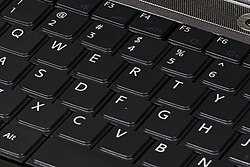 Computer keyboard - Wikipedia | 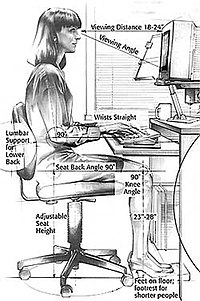 Computer keyboard - Wikipedia |  Computer Keyboard | 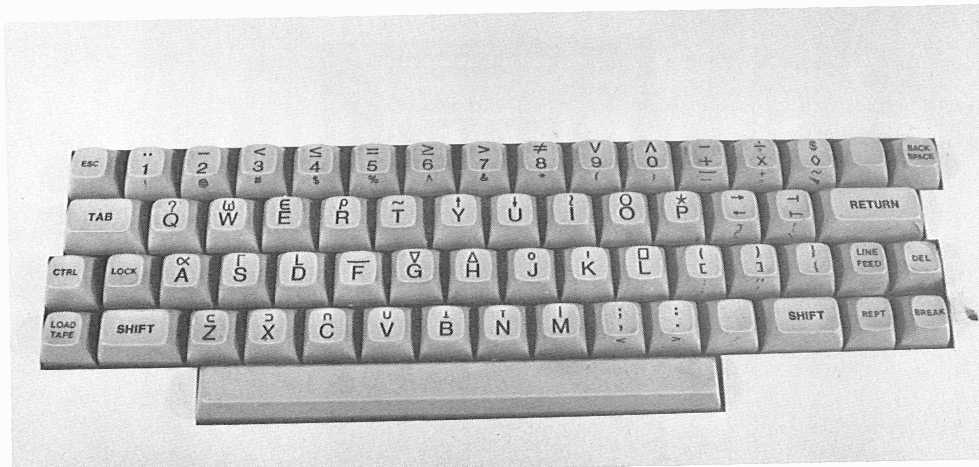 IBM PC keyboard) |
 Computer Keyboard pictures |  new computer keyboards, |  computer keyboard diagram. |  Computer Keyboards Gallery | 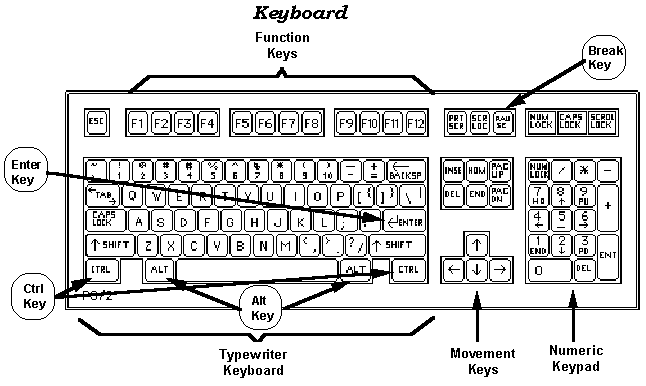 The Forgotten Keyboard |
In 1873 Sholes's backer, James Densmore, succeeded in selling manufacturing rights for the Sholes & Glidden Type-Writer to E. Remington and Sons, and within a few months the keyboard layout was finalized by Remington's mechanics. The keyboard ultimately presented to Remington was arranged as follows:
 computer keyboard layout |  Computer Keyboards Gallery |  KB United States-NoAltGr.svg |  Computer keyboards are similar |  Weird Computer Keyboard |
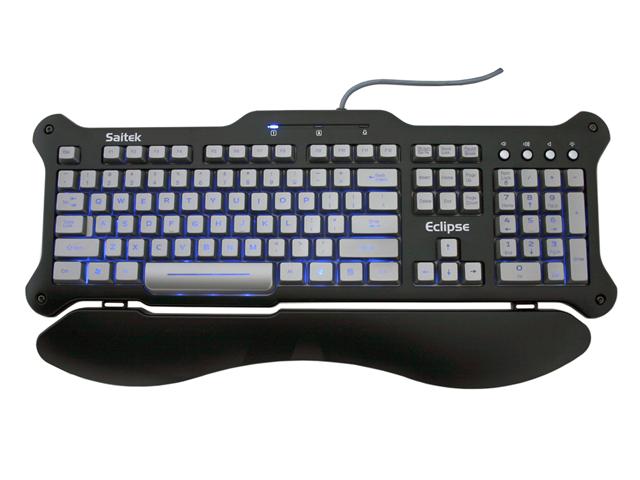 Computer Keyboard |  Computer Keyboard art such |  Computer Keyboard Key matrix: | 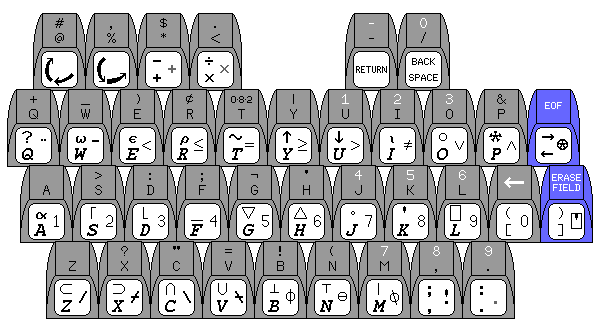 Computer Keyboards |  USB Computer Keyboard |



No comments:
Post a Comment